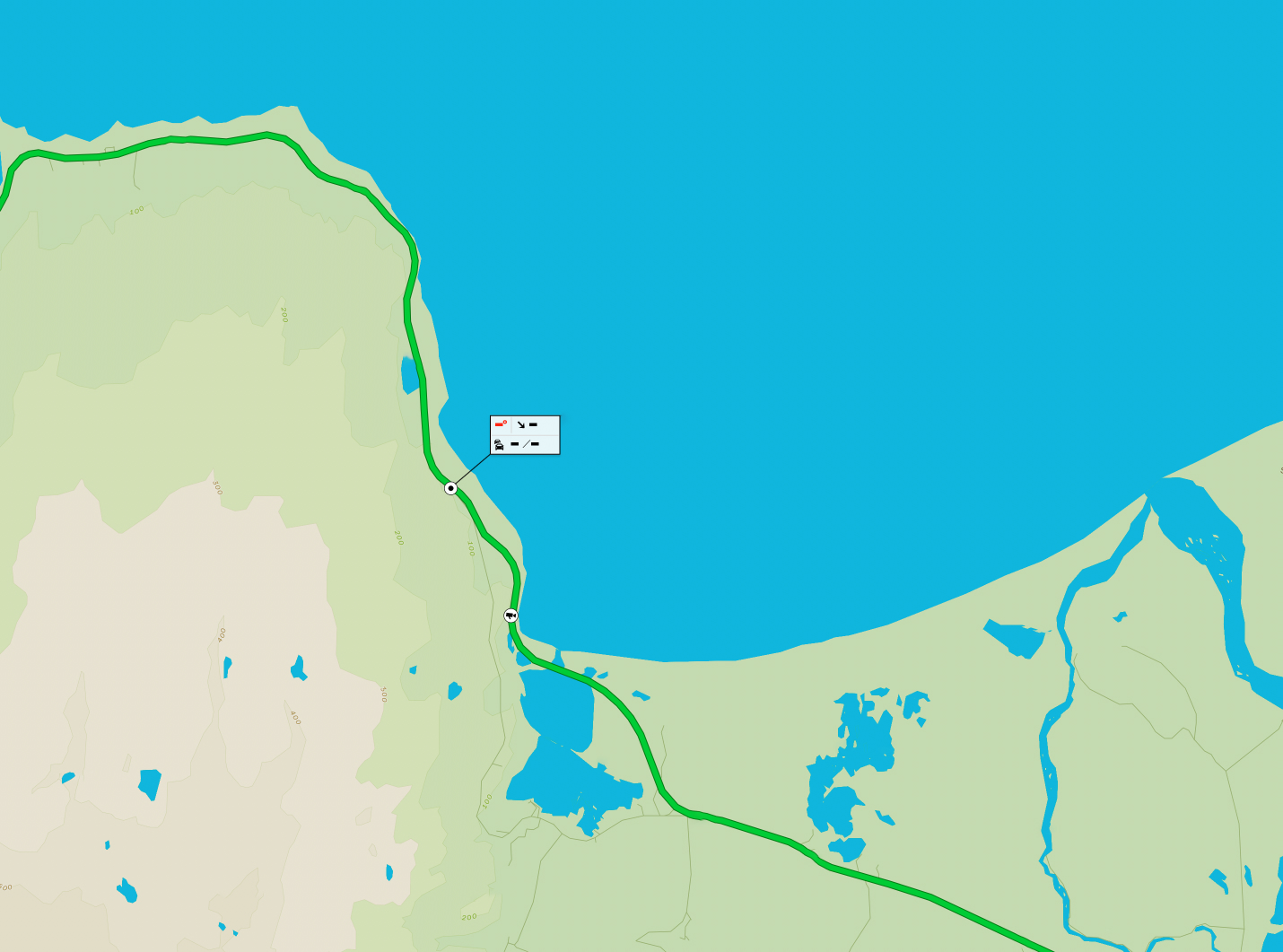PDF · ágúst 2009Chip Seals – Examination of design and construction in two countries
Vegna verkefnisins: "Samanburður á stöðlum og venjum við lagningu og viðhald klæðinga á Íslandi og í Washington fylki í Bandaríkjunum"
Bituminous surface treatments or chip sealing is a commonly used method worldwide for paving a roadway. A chip seal consists of a layer of asphalt binder that is overlaid by a layer of aggregate embedded in the binder. It provides protection to the existing surface layer from tire damage and a skid resistance surface texture for vehicles. Chip sealing is considered a low cost alternative compared to other pavement surfaces and since many transportation agencies have tight budgets, its use is likely to increase in the future.
The Washington State Department of Transportation, WSDOT, and the Icelandic Road Administration, ICERA, manage a similar amount of chip sealed roads in lane kilometers. The focus of this paper is on reviewing and comparing the two regions in the following categories regarding chip seals:
• Materials; binder and aggregate
• Standard specifications
• Construction practices
An introduction to chip sealing is presented as well as two design methods used for estimating application rates of binder and aggregates, McLeod design method and Australian design method. Four chip sealing case studies, two from each region, are reviewed and their designs compared to the design methods.

Chip Seals – Examination of design and construction in two countries












